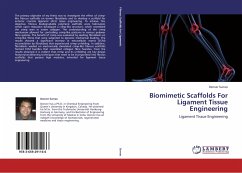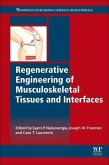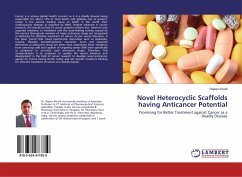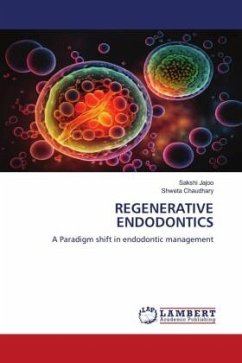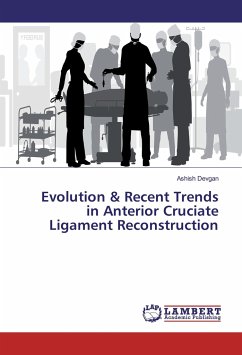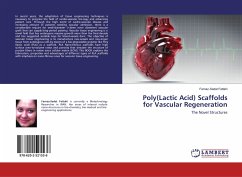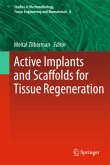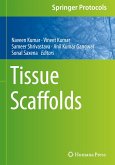The primary objective of my thesis was to investigate the effect of crimp-like fibrous scaffolds on bovine fibroblasts and to develop a scaffold for anterior cruciate ligament (ACL) tissue engineering. To achieve this objective, fibrous biodegradable polymeric scaffolds were fabricated, which upon relaxation developed a crimp-like structure, which resembled the crimp seen in native collagen. The understanding of the crimp mechanism allowed for controlling crimp-like patterns in various polymer fibre systems. The benefit of crimp was evaluated by seeding fibroblasts on crimp-like fibres that were subjected to dynamic mechanical loading. The results showed a significant increase in extracellular matrix (ECM) accumulation by fibroblasts that experienced crimp unfolding. In addition, fibroblasts seeded on mechanically stimulated crimp-like fibrous scaffolds formed ECM bundles that resembled collagen fibre fascicles. From the results obtained it is evident that crimp and its unfoldingare key design features/conditioning techniques that need to be incorporated into fibrous scaffolds that possess high modulus, intended for ligament tissue engineering.
Bitte wählen Sie Ihr Anliegen aus.
Rechnungen
Retourenschein anfordern
Bestellstatus
Storno

